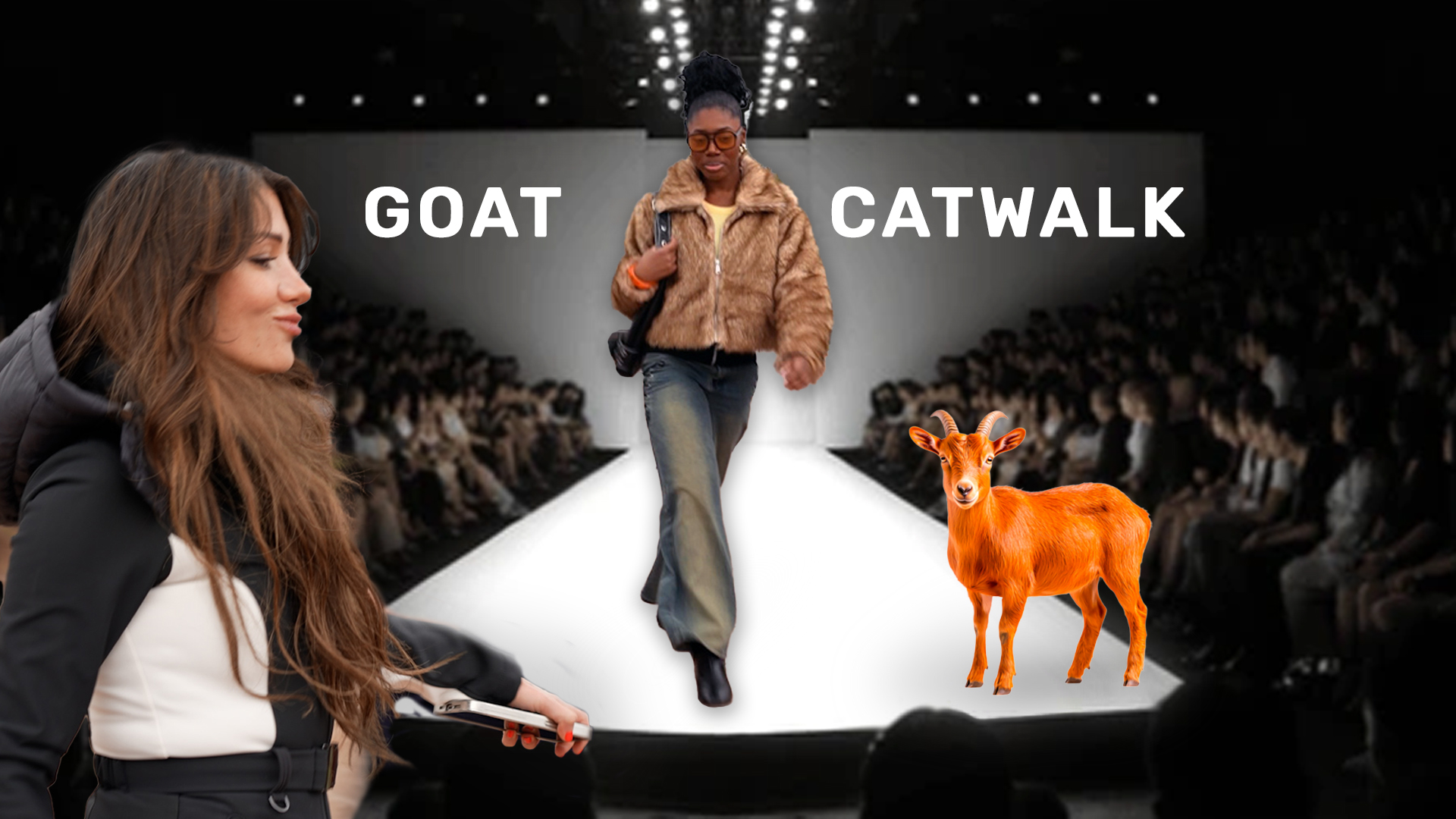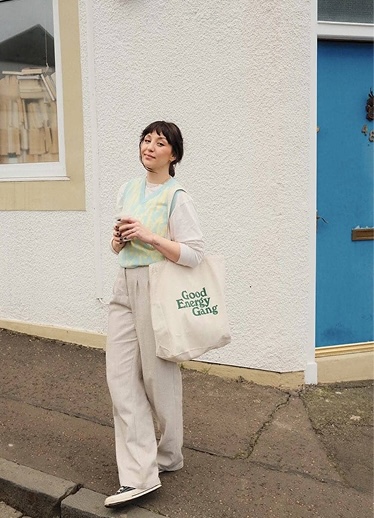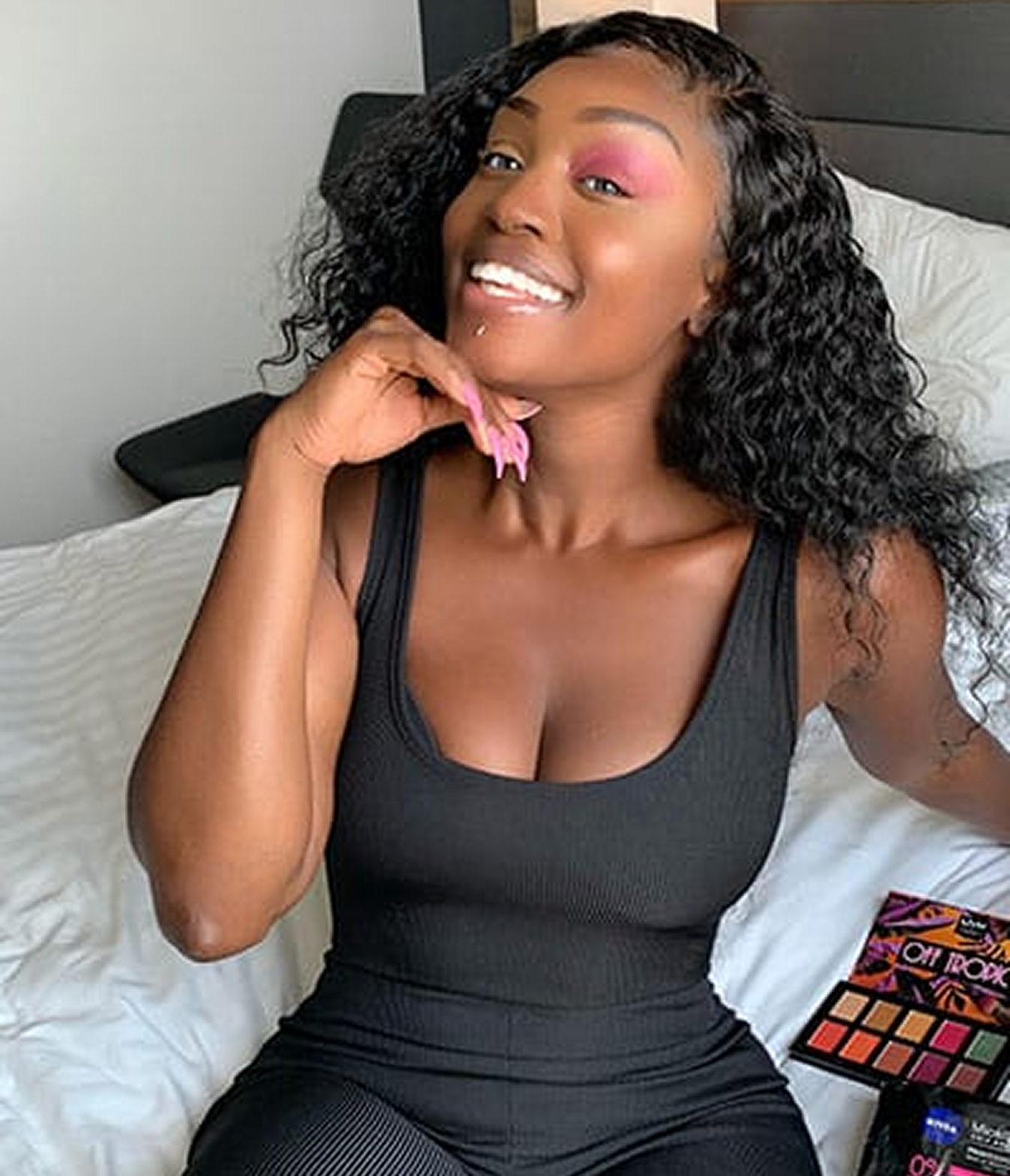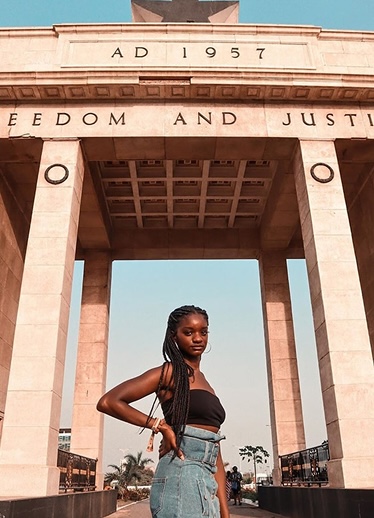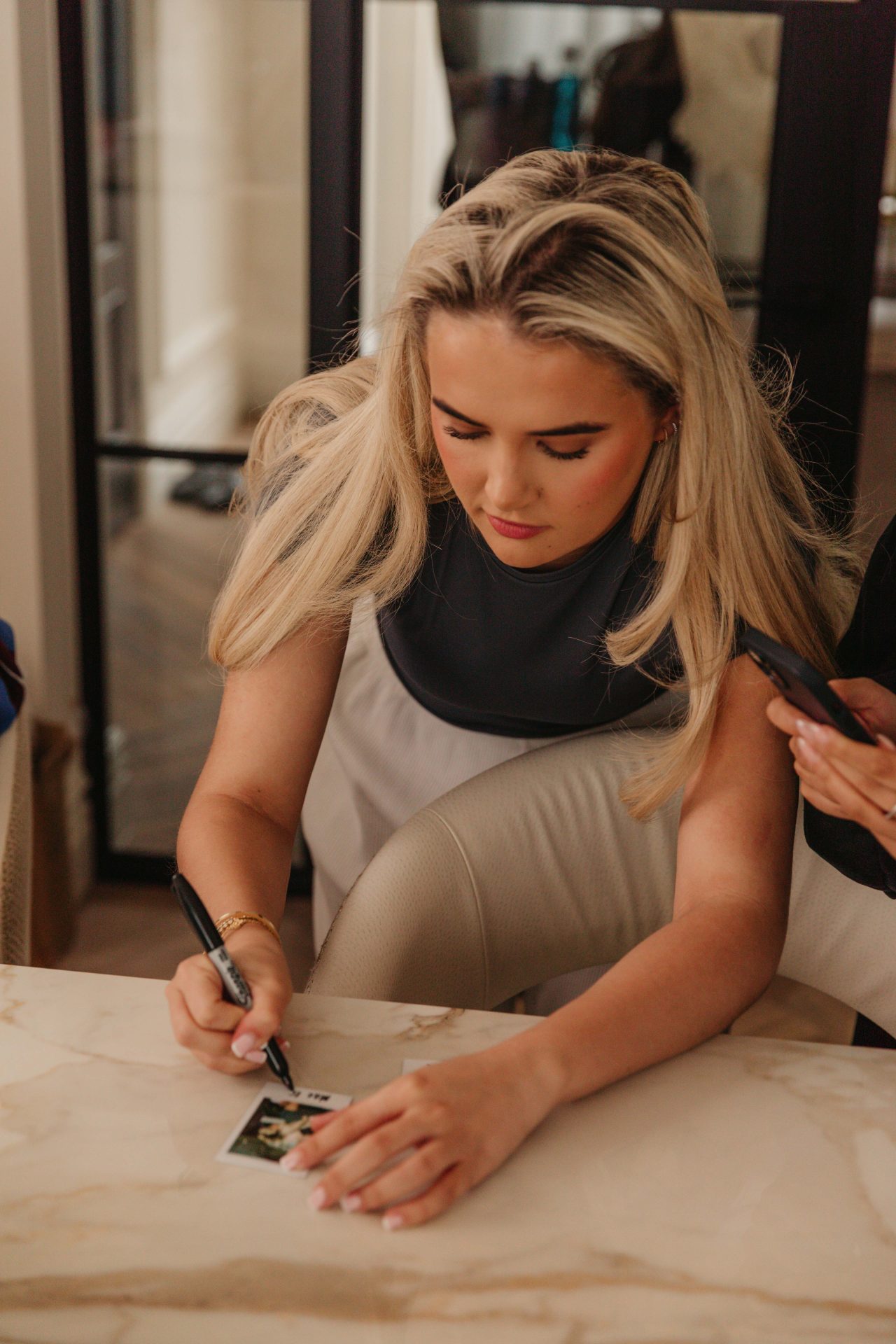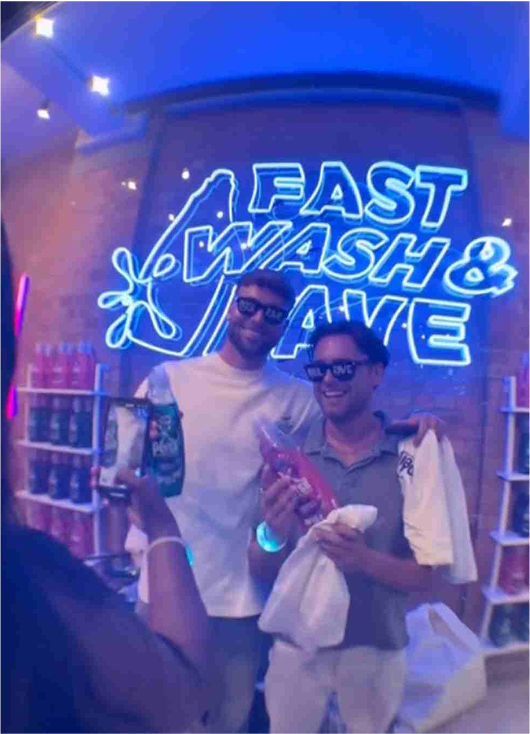Insights
Featured article

Overherd on Social: Creator Chat with Big John
September 25, 2025
In this episode of The Goat Agency's podcast, we’re joined by 'Big John' Fisher, Content Creator and patron saint of Chinese takeaways to unpack the growth of his platform, his community, and what comes next.
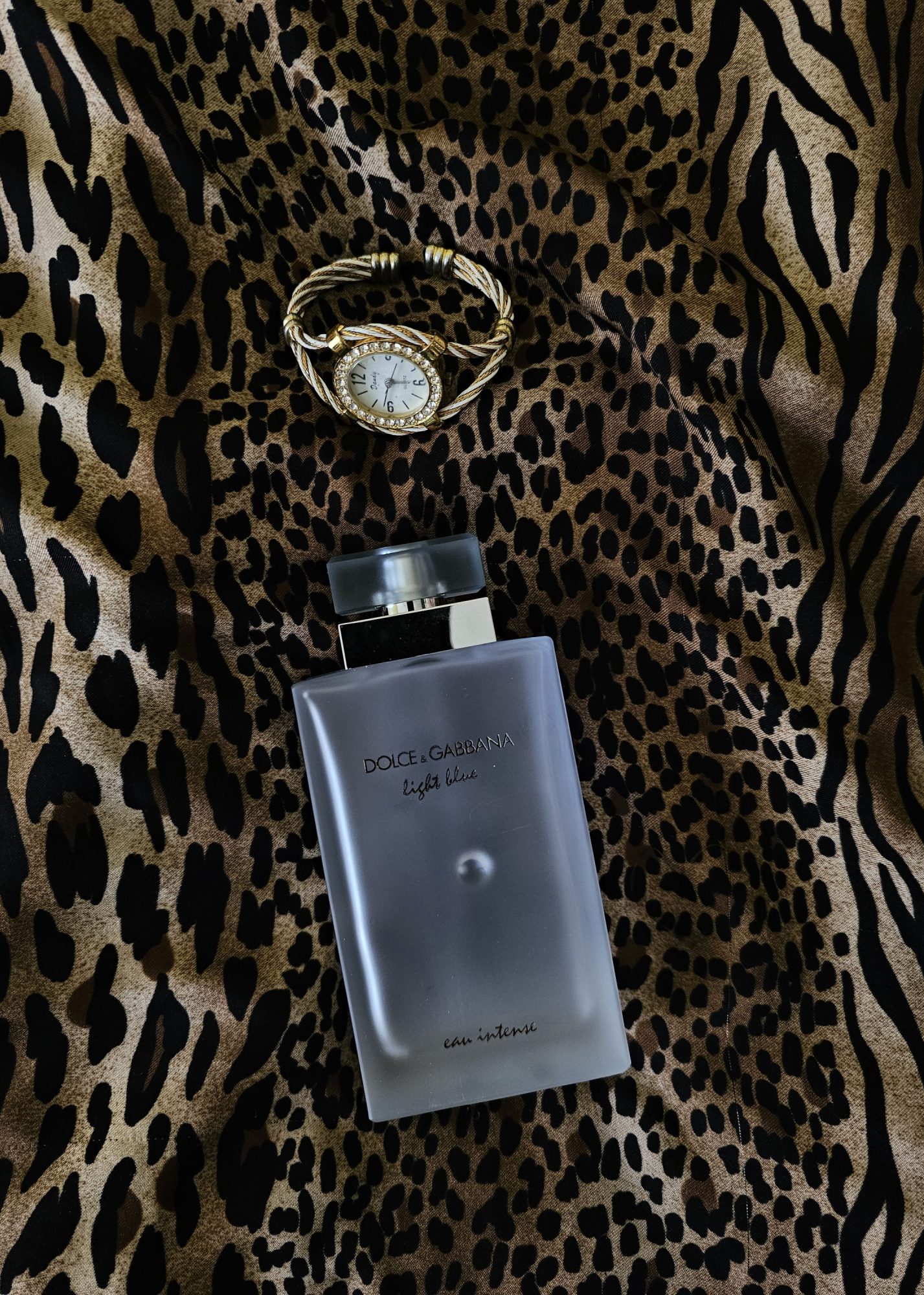
Luxury Brands on TikTok: The 8 Brands Making an Impact in 2025
September 23, 2025
Luxury brands are learning the impact TikTok marketing can have, but only if it's done right. Discover the top luxury brands on TikTok in 2025.
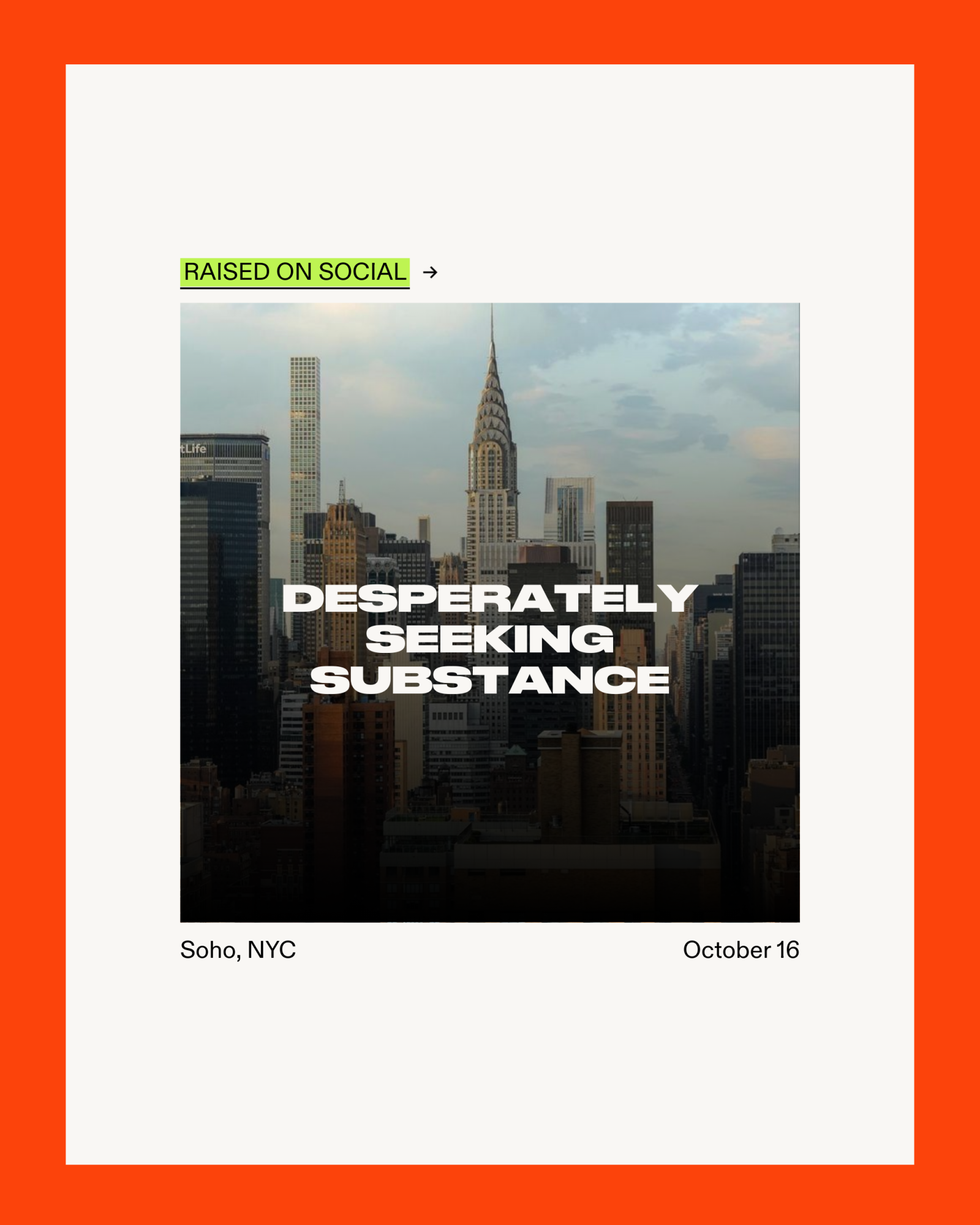
Raised on Social NYC | Desperately Seeking Substance
September 22, 2025
With top creators, Wisdom Kaye and Kyra Green, and marketers from Dell, SheaMoisture, YouTube, Discover, WPP Media (and more!), we'll explore how brands can bring meaning to their creator marketing in 2026.

From 10K to 1M in a Month: The Long Form, Short Form & Community Strategy Behind Jake Shane
September 19, 2025
In just 1 month, Jake Shane grew his TikTok from 10K followers to 1 Million. In this blog, we explore who he is and what makes him such an effective long form and short form content creator.
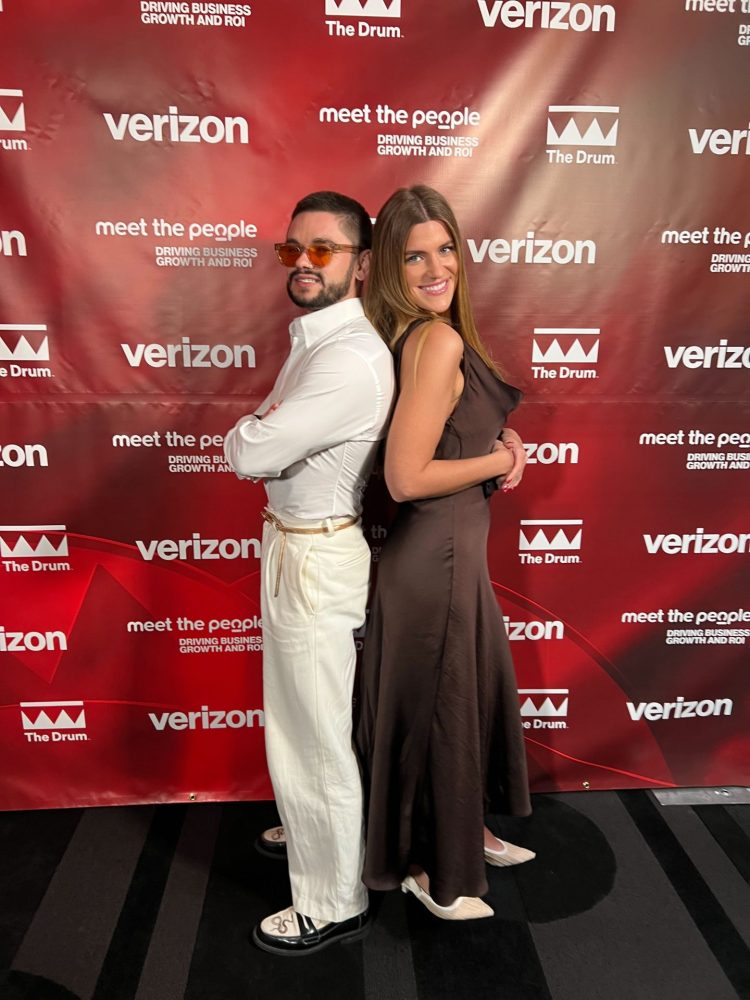
Influencer Marketing Strategy: How We Build Effective Plans
September 16, 2025
With the influencer marketing space constantly changing, trends pop up, evolve and disappear, attention spans shift, and platforms expand. Goat's strategy team combine deep industry knowledge with forward-thinking approaches to ensure every campaign not only meets client objectives but also pushes the boundaries of what influencer marketing can achieve.

Information on the Fraudulent Use of The Goat Agency’s Name
September 9, 2025
Goat has been made aware that its name is being fraudulently used by third parties, often via unofficial websites, apps, and messaging platforms, and particularly posing as Goat's HR team.

Back-to-School Influencer Marketing Campaigns: What Can You Learn in 2025?
September 3, 2025
As students plan their return to campus, brands are curating back to school marketing campaigns using influencers to leverage the new school season.
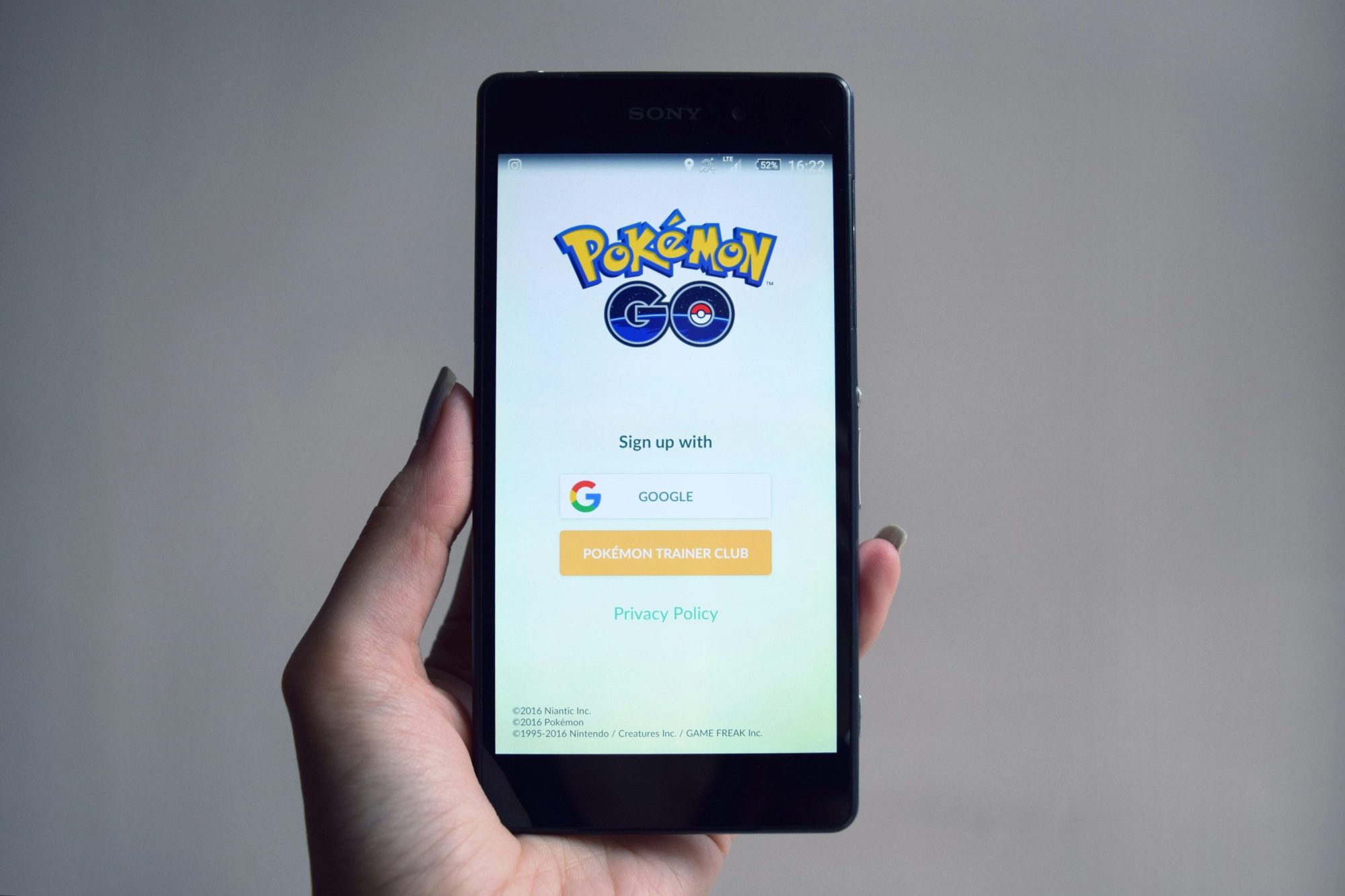
The Top 10 Gaming Marketing Campaigns Using Influencer & Social Media Marketing
August 28, 2025
Gaming influencer marketing campaigns are redefining how brands connect with global audiences. From Twitch takeovers to YouTube collabs, see how top creators help brands go viral, build trust, and drive serious engagement in the gaming world.
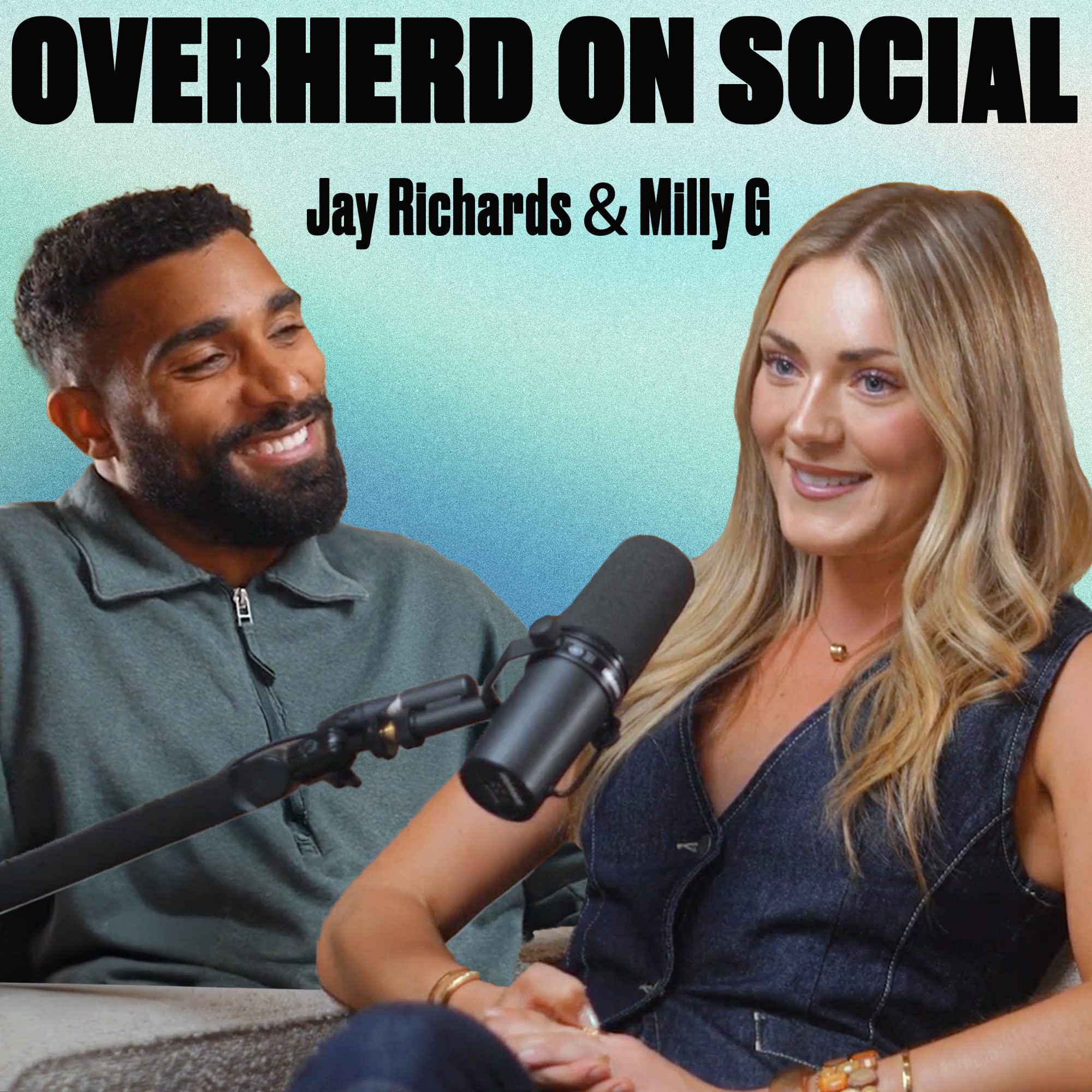
Overherd on Social: Milly Goldsmith and Jay Richards on Founder-Led Marketing
August 22, 2025
In this episode of The Goat Agency's podcast, we’re joined by Milly Goldsmith, Influencer & Founder of SULT, and Jay Richards, Content Creator and Founder of Imagen Insights, to explore the rise in founder-led brands.

Shhhh My (TikTok) Show is On: How Creators are Changing Entertainment
August 21, 2025
With the rise of content series created by influencers, these fictitious stories are creating a new form of entertainment. How are they changing the entertainment landscape? Let's unpack.

Rhode vs Rare Beauty: Comparing the marketing strategies of these successful celebrity beauty brands
August 20, 2025
With Rare Beauty valued at $1.3bn and Hailey Bieber selling rhode skin to e.l.f for $1bn, it’s clear both brands are major players in their industry. In this blog, we compare the marketing strategies of rhode skin and Rare Beauty to uncover how Hailey Bieber and Selena Gomez leverage their founder brands, influencer marketing, and social-first content to connect with Gen Z.
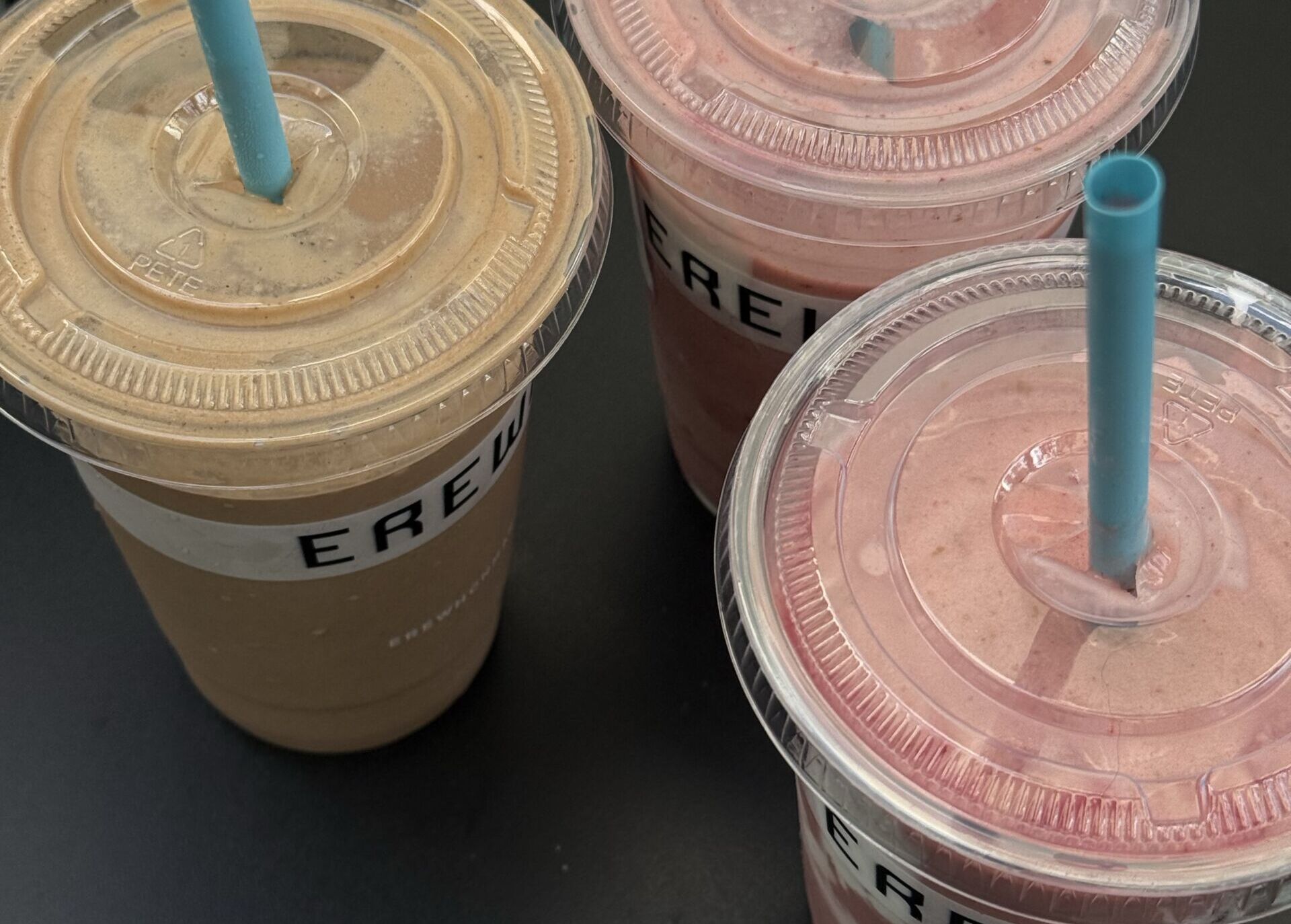
The Top 10 Food Industry Influencer Marketing Campaigns in 2025
August 12, 2025
Discover the best food influencer marketing campaigns. Get inspired by creative strategies brands used to capture attention on TikTok & Instagram.

Goat Announces a New Era of Influence Everywhere
August 7, 2025
We are entering a new era in marketing. An era defined by people - where genuineness leads, relevance wins, and real voices shape the message. Now, we’re naming what we’ve always delivered: The Human Media Revolution.
